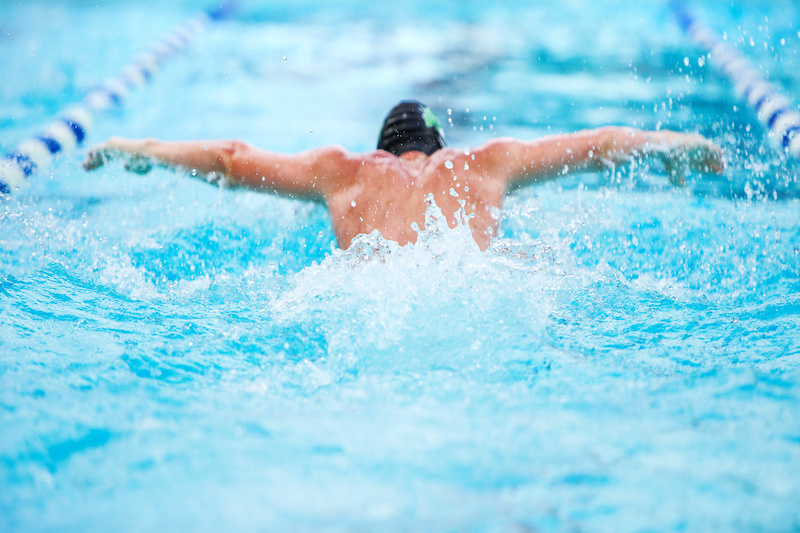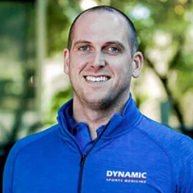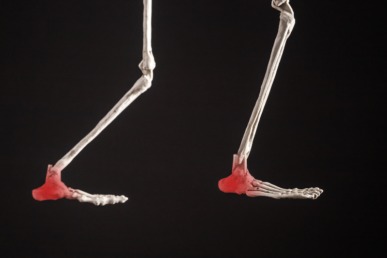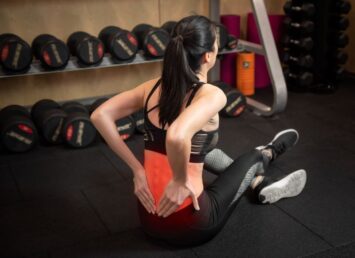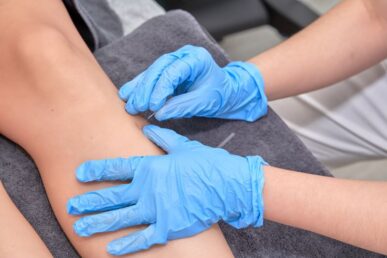Swimming is an extremely beneficial form of exercise because it is a full body workout with low impact to the body.
Swimming boosts cardiovascular health, increases flexibility, and improves strength by utilizing almost every available muscle group, including those in the arms, legs, back, glutes and core.
But even though swimming is a low-impact sport, there is still risk for injury. In fact, at Dynamic Sports Medicine, we routinely treat swimmer’s shoulder — a broad term for a variety of shoulder injuries that occur in swimmers.
Swimmer’s Shoulder
Over time, the repetitive overhead arm motion of many swim strokes can cause strain that results in tissue damage in and around the shoulder area.This leads to irritation and inflammation, cartilage tears, bursitis, bicep tendonitis, rotator cuff impingement and rotator cuff tears. Because shoulder injuries often mean there is pain when the arm is raised, water workouts can become too painful to continue.
Chiropractic Care for Swimmers
As in most other sports, swimmers can greatly benefit from sports chiropractic care.
We incorporate a variety of treatment modalities, including spinal and limb adjustments, myofascial release, and dry needling, among others, to design a personalized strengthening and rehabilitative program to heal existing injury and prevent future occurrences.
In addition, when done regularly and properly, there are specific stretches for swimmer’s shoulder shoulder that are designed to strengthen and stabilize the shoulder joint and speed up your return to the water. Here are a few to get you started:
Thread The Needle
This calming yoga pose is great for opening the shoulders and chest and improving spinal mobility.Start on your hands and knees in a table top position.Open up your chest by reaching your right hand up toward the sky and allowing your gaze to follow.Bend your arm as you bring it back down, and guide it under your abdomen and through to the opposite side in a straight arm position. Allow your right arm, shoulder, and ear to rest on the mat. If accessible to you, stretch your left hand up overhead. Hold the position.Repeat on the other side.
Child’s Pose
Another calming yoga position involves sitting on the heels while bending forward over your knees. Heels should be together and knees apart slightly wider than hip width (unless you’re naturally flexible, then you can spread your knees wider apart.) Passive child’s pose involves letting the arms drape behind your along the sides of your legs. Active child’s pose calls for you to reach both arms out overhead, resting, but reaching, outward on the ground.This opens up the shoulder blades and tops of the arms.
Cross Arm Stretch
Part One: Stand with your feet hip width apart. (This can be done sitting as well) with your chin up and shoulders back.Reach your right arm up overhead and then bend the armbehind the head so that your fingers reach toward the left shoulder blade. Your right bicep will be by your right ear. With your opposite arm, gently reach over and tug the right elbow toward the right ear for a soft stretch. Hold.
Part Two: Release the grip of your elbow, straighten the right arm and direct it straight out in front of you. Use the left hand to gently stretch your straight right arm across the chest.Hold the position.
Repeat on the left side.
Proper stretching and conditioning, along with sports chiropractic care can keep you in peak physical condition to avoid many common swimming injuries. If you’re already experiencing pain during your favorite stroke, chiropractic rehab can get you back in the water doing what you love.
Contact Dynamic Sports Medicine today!

